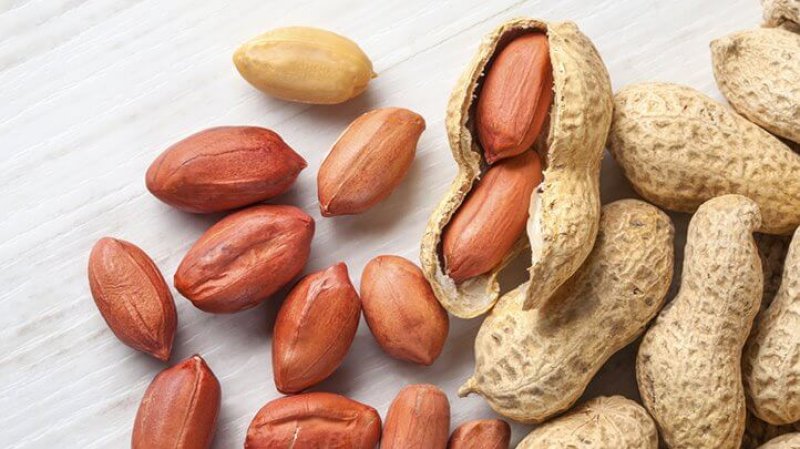According to the USDA, farmers around the world grow 44.9 million metric tons of peanuts on more than 64 million acres. The crop is a staple food in many parts of Africa and Asia and is a source of peanut butter, snacks and cooking oil in the United States ….
Despite their importance as a crop, plant researchers haven’t had many of the genetic tools needed to speed the introduction of more sustainable …. varieties. That was because …. scientists had been unable to map the peanuts’ hypercomplex tetraploid genome.
…
[R]esearchers used new advances in DNA-sequencing technologies to produce a complete genome sequence of unprecedented quality. The sequence consists of more than 2.5 billion base pairs of DNA arranged in 20 pairs of chromosomes, 10 pairs from each of the ancestral species.…
Using the new genome sequence as a framework, [researchers were] able to analyze the variations in more than 200 of the most diverse peanuts from all of over the world …. providing new evidence that all modern peanut varieties stem from the same original hybrid …. [T]he Peanut Genome Initiative discusses the entire genome sequence for the modern cultivated peanut in a paper published in Nature Genetics
Read full, original article: Researchers crack the peanut genome































